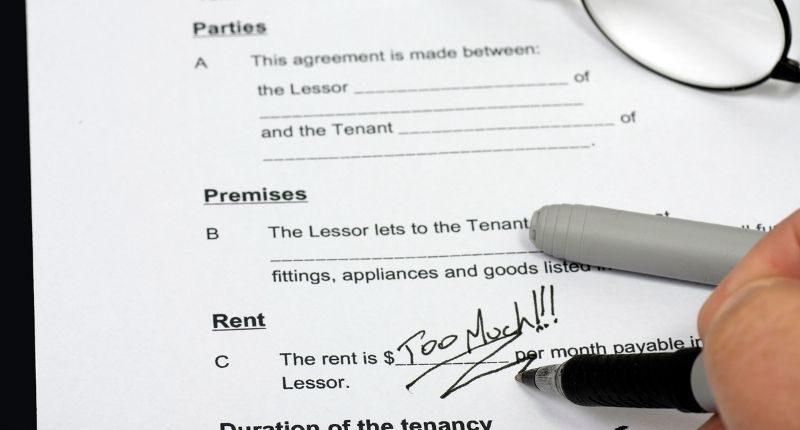- Is rent control the solution to tightening markets?
- SQM Research showed vacancy rate dropped to lowest mark in 10 years
- However, studies show rent controls caused unintended consequences
Is it time to implement rent controls amidst tightening rental markets? This was the topic of an article recently published in Domain.
New data from SQM Research showed the national residential vacancy rate has dropped to 1.7% over June, hitting its lowest mark in ten years.
Australia-wide
CoreLogic‘s rental review for the June 2021 quarter showed Australian rent prices rose 6.6% over the year; the highest annual growth since January 2009.
Australia-wide
So, there are less rentals available – and their prices are rising fastest – in a decade.
When considering these figures, it is not surprising to see rent control make a return to the spotlight. The Greens Party in Tasmania tried to introduce a bill earlier this year to impose stronger limitations on rent increases.
The bill was modelled on the ACT’s, which is the closest thing Australia has to rent control. In Canberra, rent increases are tied to the consumer price index plus 10%. This model was pursued, despite the fact that Canberra remained the most expensive city to rent for both houses and units.
The Tasmanian bill was voted down by both Labor and the Liberals in parliament.
Studies point to unintended consequences
Despite the best intentions to make rental housing more affordable, good intentions do not necessarily translate to good outcomes. Although rent control is often debated amongst the general population and political parties, economists settled it long ago.
History has shown rent control to be rife with unintended consequences, causing more harm than good.
In 2012, a survey of leading economists on the effectiveness of rent controls implemented in San Francisco and New York City found that 98% agreed the policy had a negative impact on the quantity and quality of affordable housing.
Studies showed that despite providing short-term relief to those able to secure a rent-controlled apartment; in the long-term, rent control disincentivises residential construction, decreases affordability, fuels housing deterioration, and creates a misallocation between tenants and rental units.
It also makes little sense from first principles. When a price ceiling is imposed in any market, the immediate unintended consequence is a shortage of rental accommodation, which creates long waiting lists. While rent control may be good for those who already occupy units, this comes at the expense of everybody else on the outside, who must now compete for the limited remaining stock.
Rent control is likely to only worsen the situation of the housing market the longer it remains in place.
Going against traditional economic theory, Dr Chris Martin, a senior research fellow at UNSW’s City Futures Research Centre argued in the Domain article that even if rent control discourages residential investment, this might be a good thing.
“If we didn’t have that, we could have a bit more space in our rental market for community housing providers and social housing providers to be developers of housing in their own right.”








